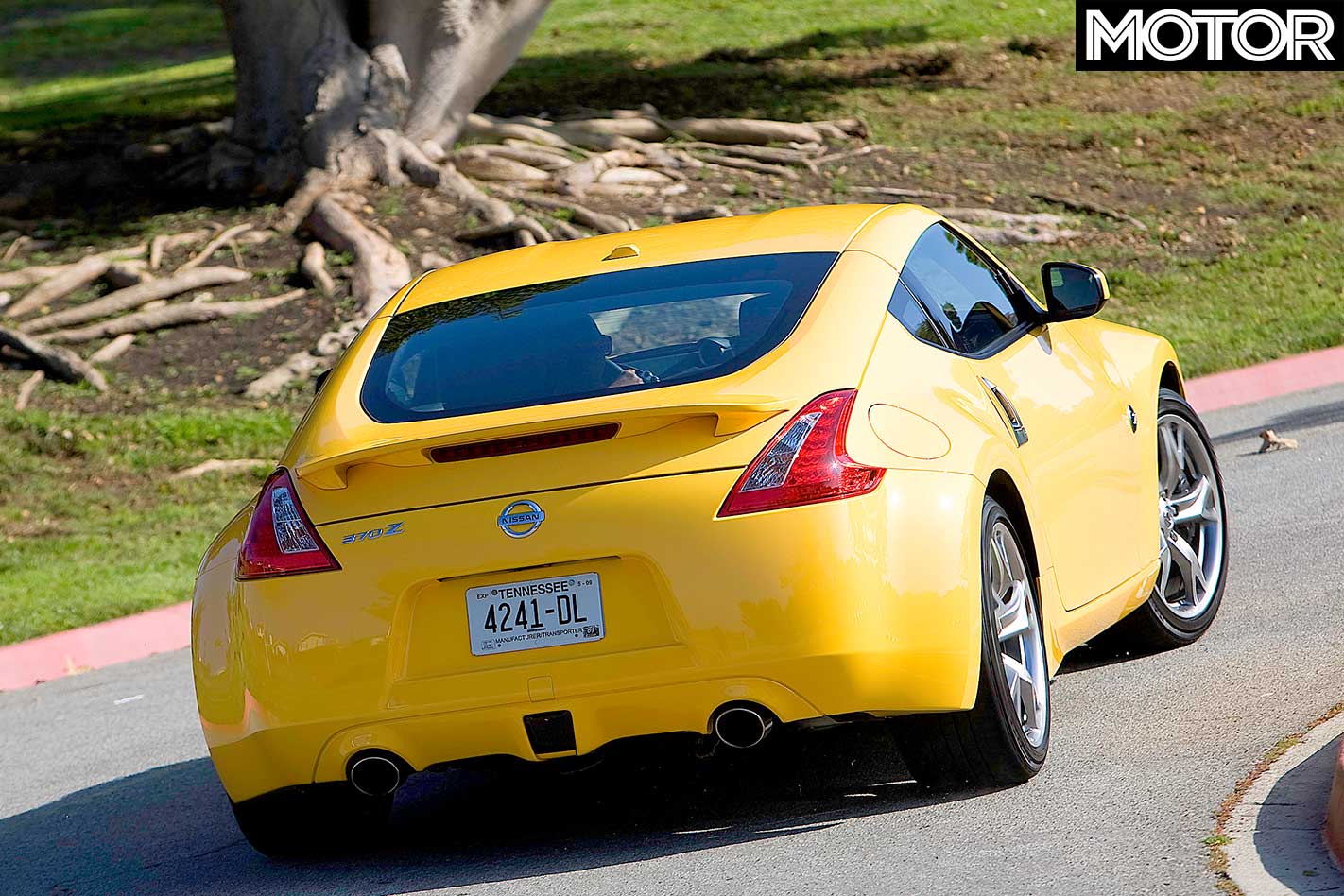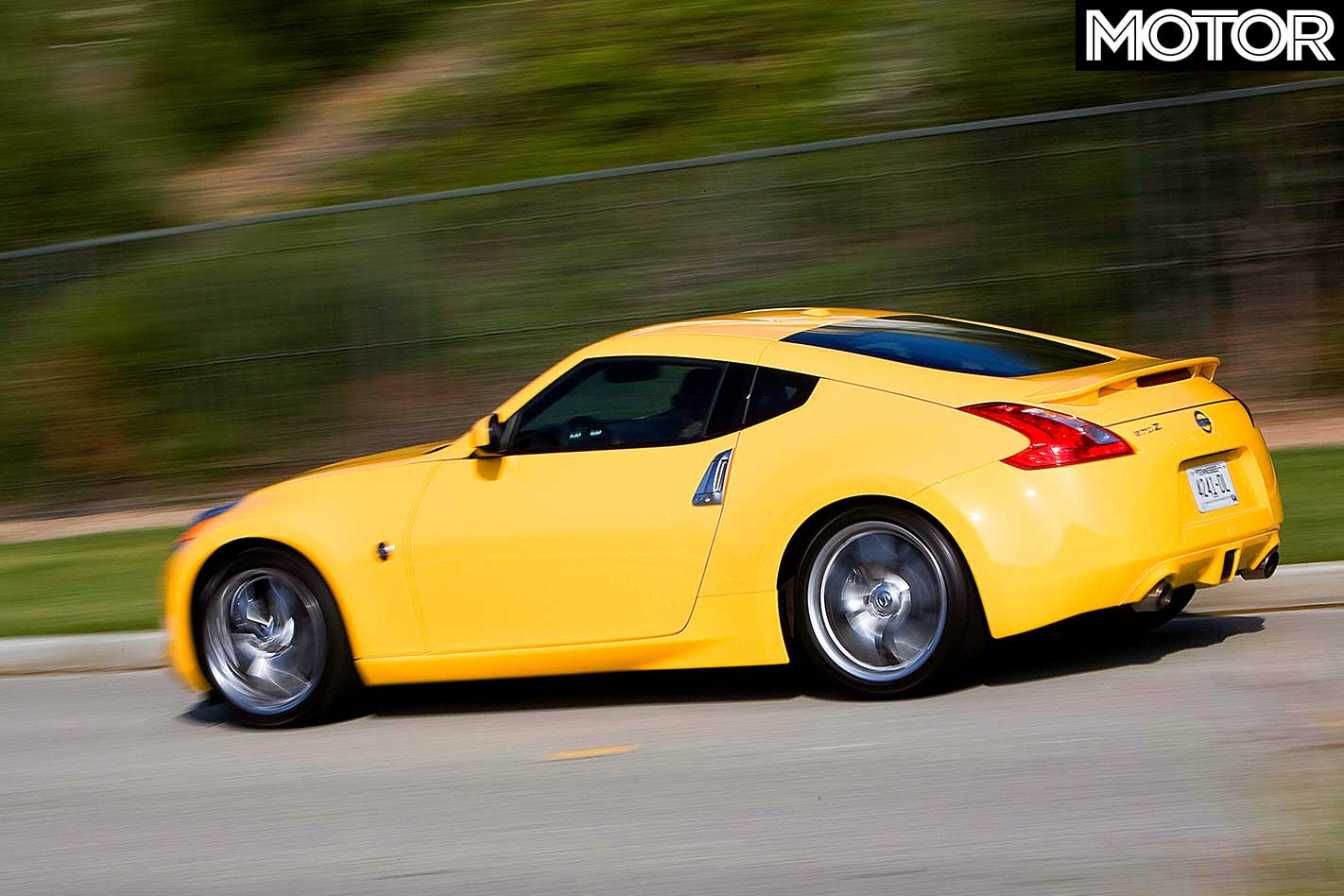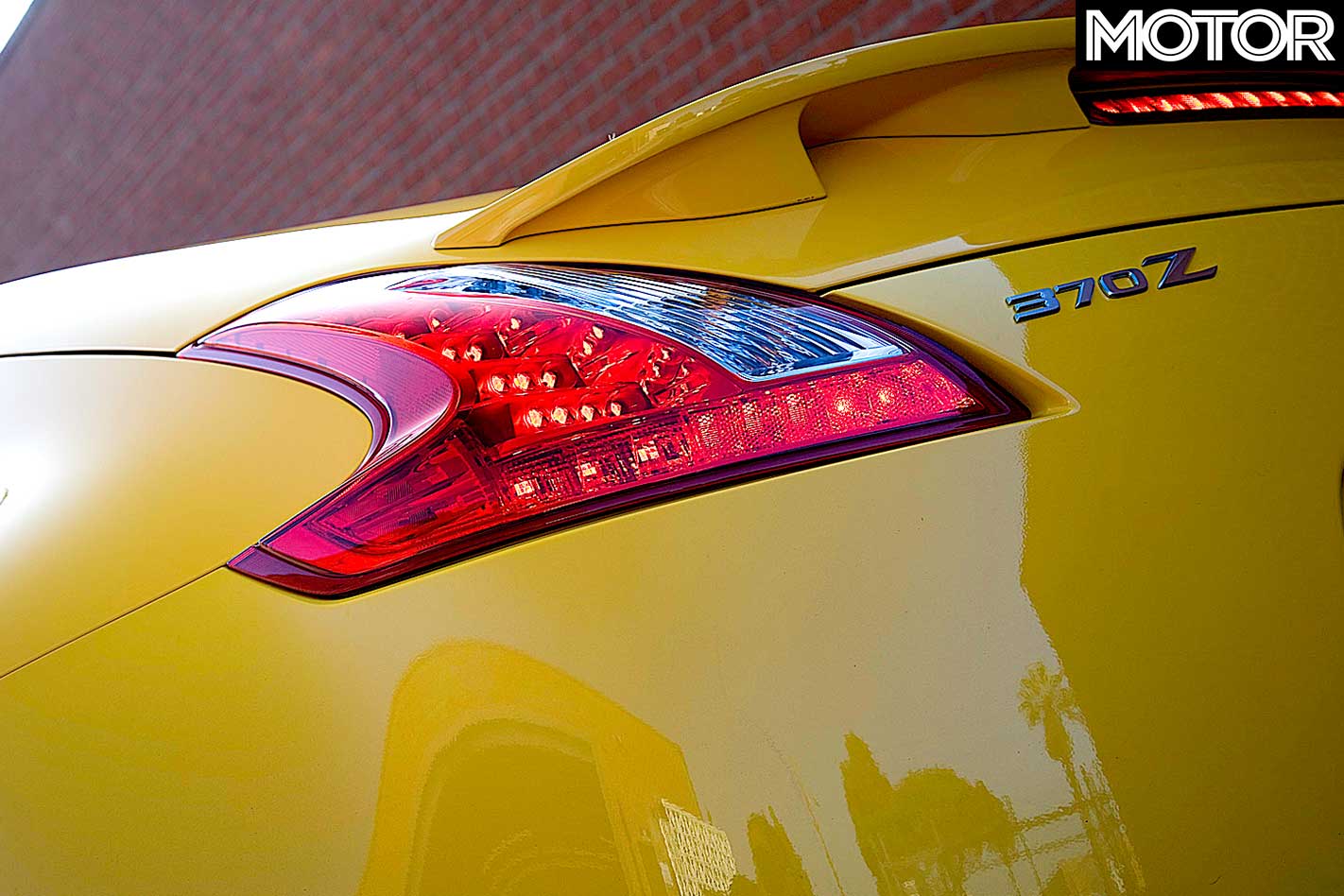To be perfectly honest, the new 370Z doesn’t look all that different to the outgoing 350.
This feature was first published in MOTOR magazine’s February 2009 issue.






The fifth-generation 350Z took the Zed concept in a whole new direction and yet, essentially, it stuck true to core traditions as a well-balanced, satisfying and engaging sportster, and blossoming via running revisions throughout its lifetime.Thankfully, the all-new 370Z continues the evolution by offering up much of the same, only more. And then some.

MOTORING’S collective brainpower figured out how to offer automated throttle-blipping during down-changes eons ago. The theory is straighforward enough: it’s a computer-controlled function that overrides the throttle, matching the engine rpm to the gearbox’s input-shaft speed on downchanges under deceleration.
All automatically, with no unsettling jolts or compression lock-up under brakes. With a drive-by-wire throttle and an automated two-pedal gearbox, it’s an impressive bit of number-crunching. But the 370Z’s new Synchro Rev Control is more like black magic.

Here’s the tricky bit. How does it know what you want, instantaneously? Like which of four ratios you’ll choose from fourth? Or if you want to overtake in second? Or engine brake in fifth? Does it work? You betchya.
But exactly how it works is something Nissan isn’t too forthcoming about. Does it improve the driving experience? Well, that’s debatable. While it removes the need to heel-and-toe, it also removes the want… Thankfully, you can switch it off.

Likes: More power; better handling; improved interior quality Dislikes: No steering reach adjustment; it’s still no lightweight Rating: 9 out of 10 stars




